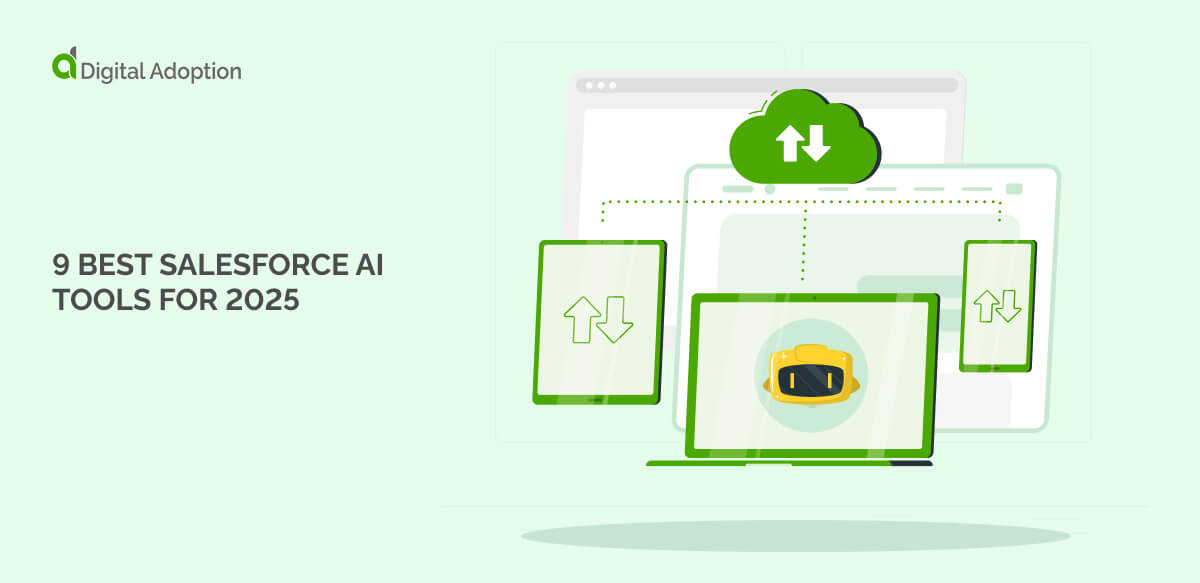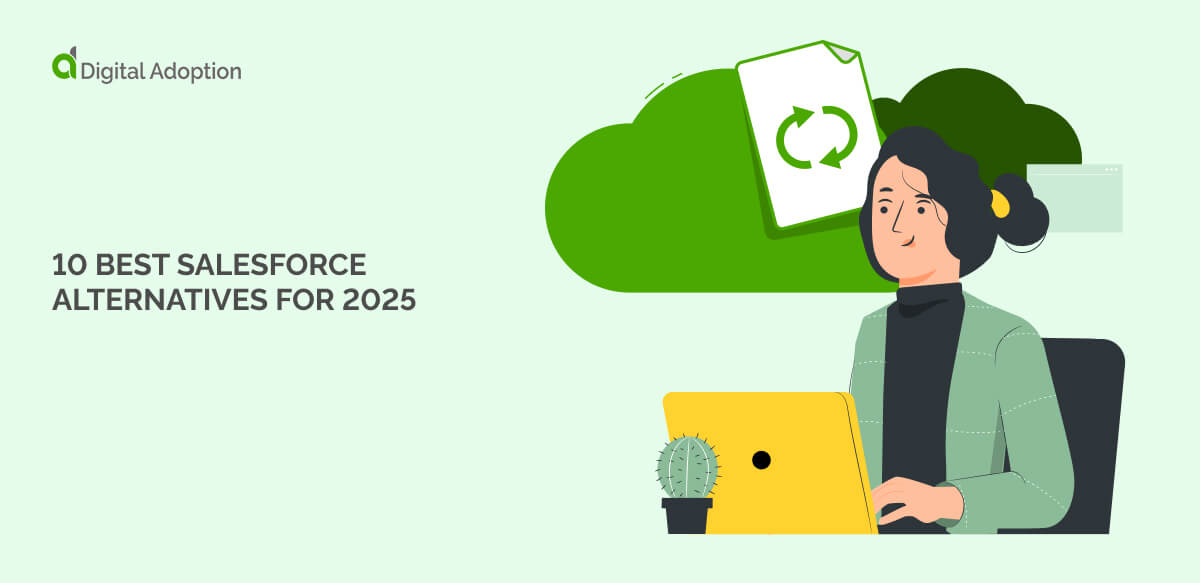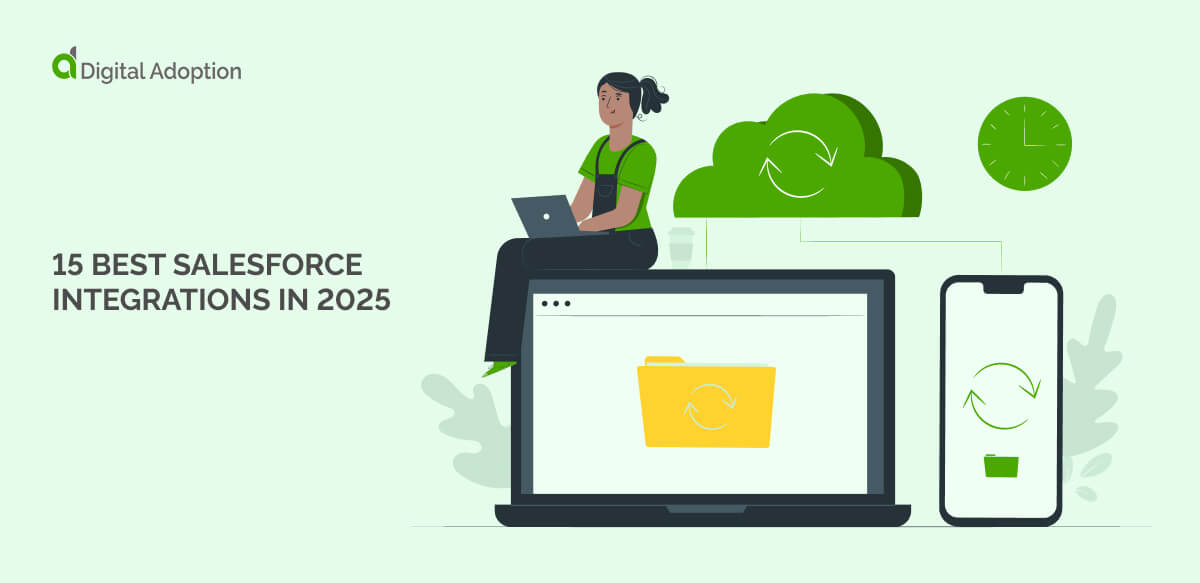You’re hearing about digital adoption more and more.
People are talking about it at work, in the media, and even on social networks.
In less than a decade, the digital adoption category has become extremely popular, receiving a lot of attention, focus, and awareness from businesses and industry commentators.
Here’s a deep dive into all.
The definition of digital adoption
Leading Digital Adoption Platform provider, WalkMe, coined the term “digital adoption”. Their definition is,
“Achieving a state in which digital tools are being used as intended, and to their fullest extent.”
Adoption is different to usage. True adoption is about familiarity, productivity, expertise, and creativity using digital tools. It’s the glue that joins technology with the people using it, aligning them perfectly so that digital tools become digital assets.
When your customers truly adopt your digital offerings, they’re able to achieve their goals quicker, easier, or in a more innovative way.
True adoption for employees of an organization or enterprise is about assisting them in the completion of tasks, boosting efficiency, productivity, and performance.
Digital adoption is all about improving the user experience (UX) of technology so that users become comfortable and proficient at using it.
It’s the single most important factor in achieving ROI from your digital investments.
The rise of the digital adoption category
WalkMe Inc. was founded in 2011 by Dan Adika, Raphael Sweary, and Eyal Cohen. The premise behind their product, which was released in 2012, was to help users navigate, or adopt, the features of other web-based services.
Since then, the term “digital adoption” found its way into technology circles, and from there into more general business lexicon.
Digital adoption has been written about extensively in CIO.com, Information Age, Techno FAQ, Digital Connect Magazine, Forbes, and Entrepreneur.
It’s now a common point of discussion in LinkedIn groups, on Medium (digitaladoption101), and other social media real-estate.
Today, the digital adoption category is established. In fact, review and comparison websites like g2crowd & trustradius have even added the Digital Adoption Platform Software category to their sites.
Digital adoption software, like WalkMe, aims to help new users learn how to interact with a website or application quickly. Or assist returning users in learning newly added features and functions.
“This improves onboarding for new users and drives the adoption of new features that may otherwise go ignored.”
g2crowd
To qualify for the digital adoption category, a product must:
- Integrate on top of a web-based system
- Provide cued prompts or suggestions
- Collect and analyze user behavior data
Business commentary on the importance of digital adoption
Generally speaking, commentators acknowledge that digital adoption is hard.
The relentless pace of the digital world, the comparatively slow movement of traditional enterprises, lack of executive support, and user resistance to change are all common barriers.
Digital adoption is a people issue — it requires users to change their behavior in some way. When new technology is rolled out, users are required to accept doing things differently to how they have been.
This is why, in industry commentary on the digital adoption category, you’ll often come across the McKinsey statistic that 70% of change initiatives fail.
The barriers to traditional change management also apply to the process of digital adoption, and they must be overcome in order for enterprises to achieve digital ROI.
How digital adoption software overcomes barriers to technology change
Enterprise employees work with more digital systems now than ever before. And as digital transformation continues in the workplace, employees are faced with continuous changes and updates to their technology landscape.
This causes frustration and change fatigue in the workforce.
Painful, slow, or failed past transitions mean employees are reluctant to embrace new change initiatives. They assume they’ll be as dire as previous ones.
So getting employees on board with change is all about making it easy for them. Because digital adoption software provides in-app guidance to employees using new systems, their frustration and cynicism is eased.
They can be hand-held throughout the change process — with automation and machine learning to even help them complete tasks — so adoption is fast and change fatigue a thing of the past.
The real-time guidance of digital adoption software accelerates time to competency for users.
Traditionally, it would take months for a large organization to implement new technology and train users how to operate it effectively.
With a Digital Adoption Platform, it takes a fraction of the time because training happens “on the job” without users needing to leave the system.
In fact, the digital adoption category has been a game-changer in terms of enabling slow-moving enterprises to transform digitally at pace.
Concluding remarks
It’s no surprise that the digital adoption category has taken off. As technology continued to change and evolve at pace, there was a need to accelerate the learning process for users.
Whether those users are customers or employees, digital adoption software is allowing businesses to harness the power of technology more effectively — and achieve good return on their digital investments.




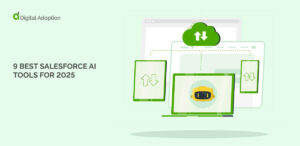

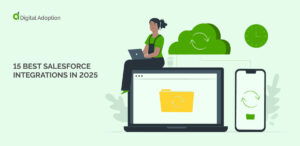
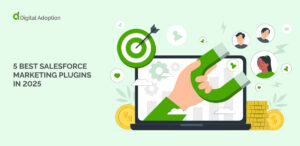
![16 Examples of AI in insurance [2025]](https://www.digital-adoption.com/wp-content/uploads/2025/07/16-Examples-of-AI-in-insurance-2025-300x146.jpg)


